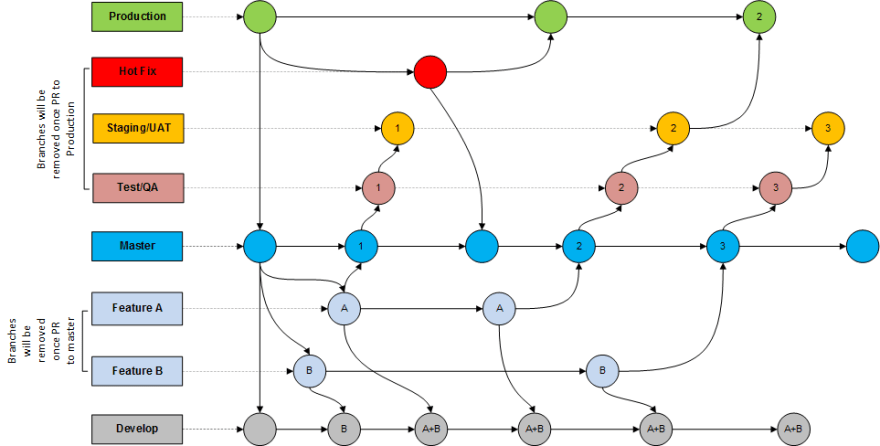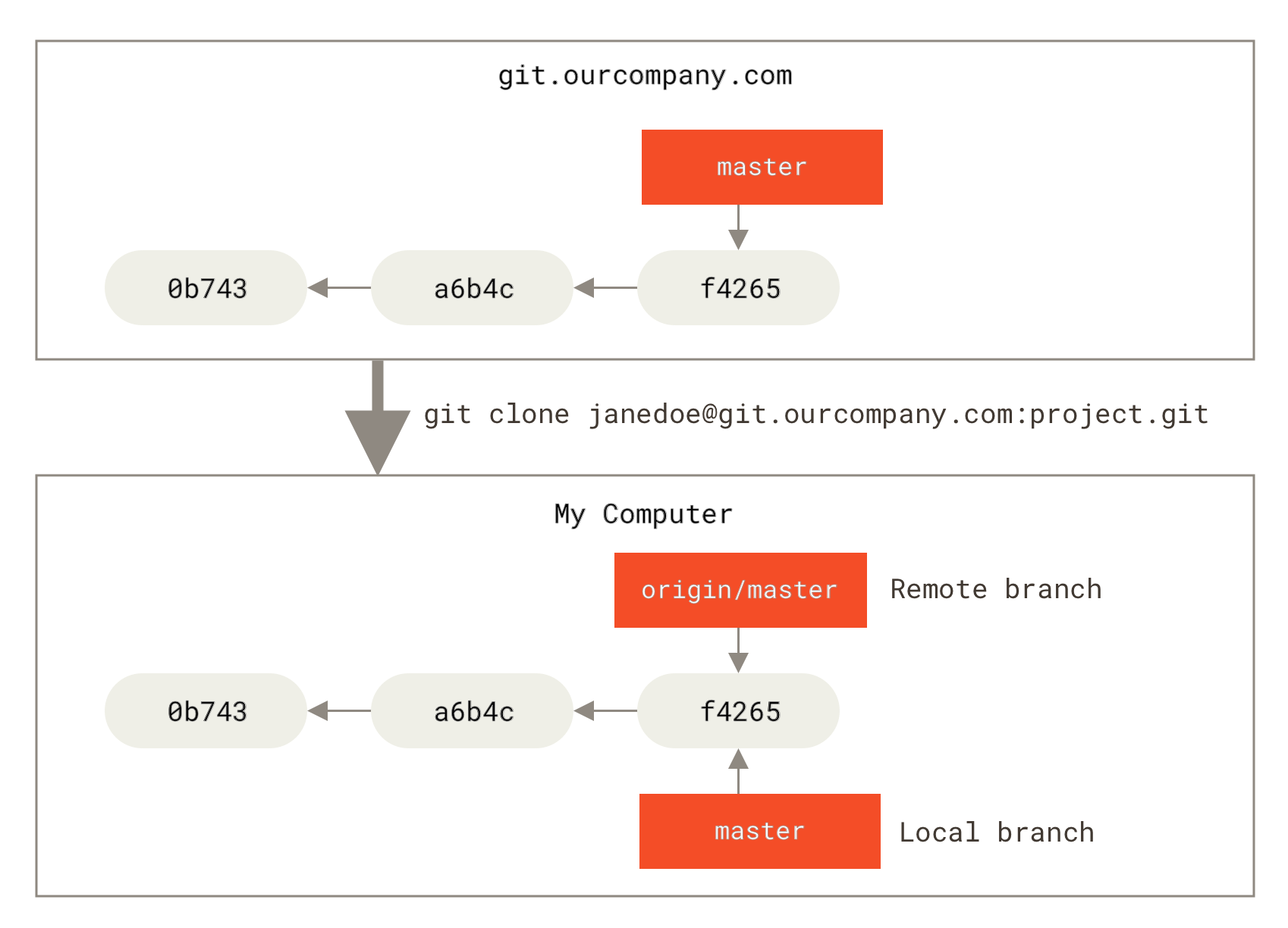
Git commit –m “Message to go with the commit here”
#GIT MEANING SOFTWARE#
The software may have a steep learning curve, but there are lots of GIT tutorials ready to help you. After you commit your changes, the snapshot of the changes will be saved into the git directory.Įveryone can use GIT as it is available for Linux, Windows, Mac, and Solaris. Then, the changes are staged (indexed) in the staging area. The working directory is where you add, delete, and edit the files. Companies and programmers usually use GIT to collaborate on developing software and applications.Ī GIT project consists of three major sections: the working directory, the staging area, and the git directory. GIT is the most widely used open-source VCS (version control system) that allows you to track changes made to files. Let’s get started! Understanding the GIT Workflow Read on to discover our handy cheat sheet that you can use for daily reference. Alternatively, you can take a top-down approach and start with this DevOps Tutorial.Need to learn some basic GIT commands? You’ve come to the right place. Want to learn more about git commands? Here is a Git Tutorial to get you started. This command discards the most recently stashed changeset. This command lists all stashed changesets. This command restores the most recently stashed files. This command temporarily stores all the modified tracked files. This command fetches and merges changes on the remote server to your working directory. This command deletes a branch on your remote repository. This command pushes all branches to your remote repository. This command sends the branch commits to your remote repository. This command sends the committed changes of master branch to your remote repository. This command is used to connect your local repository to the remote server. This command merges the specified branch’s history into the current branch. This command creates a new branch and also switches to it. This command is used to switch from one branch to another. This command lists all the local branches in the current repository. This command is used to give tags to the specified commit. This command shows the metadata and content changes of the specified commit. This command lists version history for a file, including the renaming of files also. This command is used to list the version history for the current branch.

This command deletes the file from your working directory and stages the deletion. This command lists all the files that have to be committed. Usage: git reset –hard This command discards all history and goes back to the specified commit. This command undoes all the commits after the specified commit and preserves the changes locally. This command unstages the file, but it preserves the file contents. This command shows the differences between the two branches mentioned.

This command shows the differences between the files in the staging area and the latest version present.

This command shows the file differences which are not yet staged. This command commits any files you’ve added with the git add command and also commits any files you’ve changed since then. This command records or snapshots the file permanently in the version history. This command adds one or more to the staging area. This command adds a file to the staging area. This command is used to obtain a repository from an existing URL.

This command is used to start a new repository. This command sets the author name and email address respectively to be used with your commits. So, let's get started! Git Commands git config Here are the Git commands which are being covered: In this blog, I will talk about the Top 20 Git Commands that you will be using frequently while you are working with Git. In the previous blog, you got an understanding of what git is.


 0 kommentar(er)
0 kommentar(er)
